E-commerce has revolutionized the way businesses operate, paving the way for growth, efficiency, and innovation. In a world where consumer preferences are rapidly shifting towards convenience, businesses must embrace e-commerce as a critical part of their strategy.
From small startups to global giants, companies are leveraging e-commerce to redefine customer experiences, expand their market reach, and improve operational efficiency. Here, we’ll explore 10 transformative ways e-commerce is shaping the future of business, backed by insights, examples, and actionable strategies.
Introduction to E-Commerce: The Game-Changer for Business
The E-Commerce Revolution: A New Era for Business
E-commerce has completely transformed the way businesses operate, opening new avenues for growth, efficiency, and innovation. In today’s fast-paced digital world, businesses are increasingly turning to e-commerce to stay relevant, competitive, and sustainable. The rise of online shopping, driven by changing consumer preferences, has reshaped industries across the globe. Companies of all sizes—from startups to global giants—are embracing e-commerce to redefine how they connect with customers and drive business success.
Explosive Growth of E-Commerce
The growth of e-commerce has been nothing short of explosive. In 2023, global e-commerce sales reached over $5 trillion, with projections indicating a rise to $8.1 trillion by 2026. This staggering growth is attributed to the increasing reliance on technology, mobile commerce, and the changing expectations of today’s consumers. Shoppers now demand convenience, speed, and personalized experiences, making e-commerce the perfect solution.
Why Businesses Must Adapt to E-Commerce
For businesses, the shift to e-commerce is no longer optional—it’s essential. With consumers increasingly shopping online, businesses must embrace digital strategies to reach a wider audience, boost sales, and remain competitive. E-commerce offers a unique opportunity for companies to access a global market, analyze data for smarter decision-making, and innovate their customer experience.
The Opportunities of E-Commerce
Embracing e-commerce provides businesses with multiple opportunities:
- Access to a global audience: Businesses can reach customers across borders, expanding their market potential.
- Data-driven decision-making: Analytics allow businesses to understand customer behavior, optimize marketing efforts, and improve inventory management.
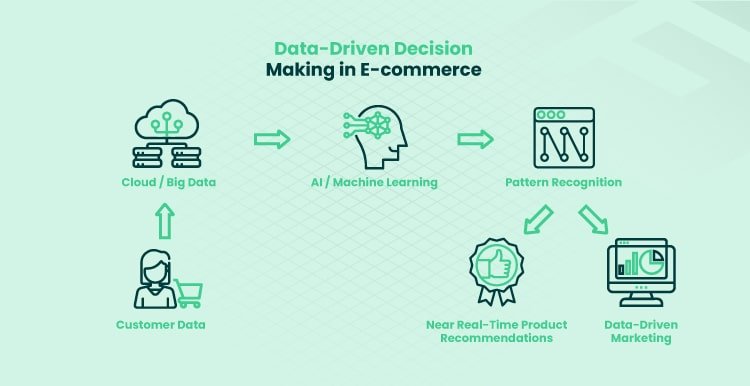
- Innovation and competitiveness: By leveraging new technologies and platforms, companies can stay ahead of the competition and offer cutting-edge customer experiences.
The Future of Business: E-Commerce’s Impact
As we move forward, e-commerce is poised to shape the future of business in unprecedented ways. The integration of artificial intelligence, machine learning, and mobile technologies will further enhance the shopping experience, making it more personalized and efficient. In the next sections, we’ll explore 10 ways e-commerce is building a brighter future for businesses, offering real-world examples and strategies that can help companies leverage this digital transformation.
1. Revolutionizing Business with E-Commerce Strategies
E-commerce strategies are no longer optional—they are essential for survival in a digital-first world. These strategies help businesses attract, engage, and retain customers, paving the way for sustained growth and success.
Omnichannel Marketing
Omnichannel marketing focuses on creating a seamless experience across multiple touchpoints such as websites, mobile apps, and social media platforms. By unifying online and offline channels, businesses can ensure consistent messaging and a cohesive customer journey.
Loyalty Programs
Loyalty programs are effective tools for increasing customer retention. By offering rewards, discounts, or exclusive offers, businesses can incentivize repeat purchases, making customers feel valued and encouraging long-term loyalty.
Subscription Models
Subscription-based services, like Netflix and Dollar Shave Club, provide customers with convenience and personalized experiences. By adopting subscription models, businesses can create a predictable revenue stream while enhancing customer satisfaction.
Impact: These strategies not only boost sales but also build long-term customer loyalty, ensuring a steady flow of income.
2. Accelerating Digital Transformation
E-commerce is the cornerstone of digital transformation, helping businesses integrate advanced technologies to enhance efficiency, reduce costs, and improve customer experience.
Artificial Intelligence (AI) and Machine Learning
AI enables businesses to predict customer behavior and personalize shopping experiences. Machine learning algorithms can analyze vast amounts of data to recommend products, optimize marketing efforts, and even anticipate inventory needs.
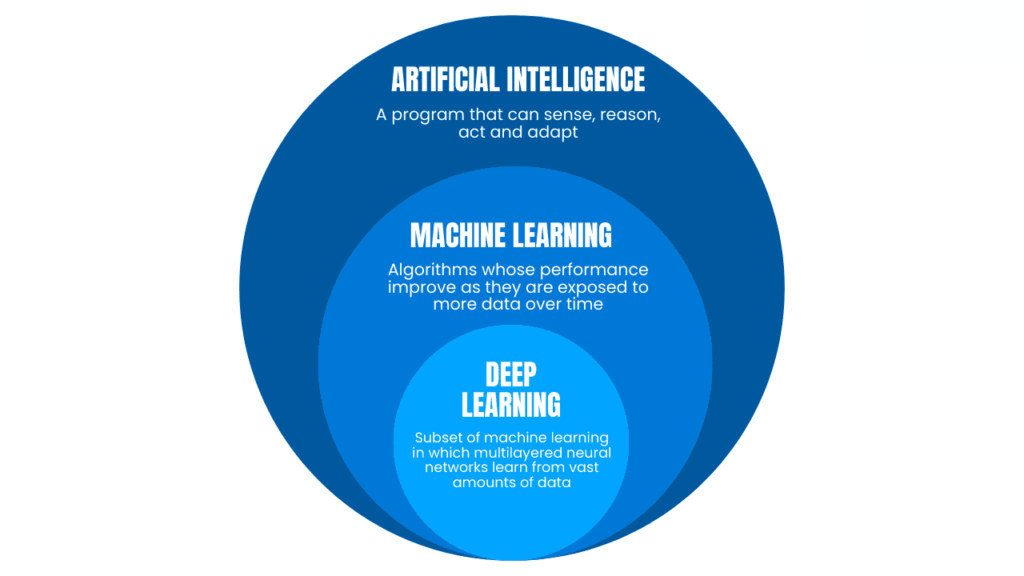
Cloud Computing
Cloud computing allows businesses to scale their operations quickly without investing heavily in infrastructure. With cloud-based solutions, companies can streamline their processes, improve collaboration, and access real-time data for better decision-making.
Big Data Analytics
Big data analytics allows businesses to gain insights into consumer trends, preferences, and behaviors. By analyzing this data, companies can make informed decisions on product development, inventory management, and targeted marketing strategies.
Real-World Example: Retail giants like Walmart are using AI to optimize their supply chains, enhancing product availability and reducing delivery times, thus improving customer satisfaction while lowering operational costs.
3. Powering Growth with Online Retail Expansion
The rise of online retail has leveled the playing field, enabling businesses of all sizes to expand their reach globally without the limitations of traditional brick-and-mortar stores.
Cost Savings of Online Retail
One of the main reasons for the success of online retail is the cost savings. Without the need for physical storefronts, businesses can operate more efficiently, reducing overhead costs associated with rent, utilities, and staffing.
Global Reach
E-commerce allows businesses to tap into global markets without the need for international offices or stores. By utilizing platforms such as Shopify and WooCommerce, even small businesses can expand their customer base across the globe.
24/7 Availability
Unlike physical stores with restricted hours, online stores are always accessible, catering to customers in different time zones. This round-the-clock availability increases convenience and attracts more customers.
Case Study: Shopify provides tools for entrepreneurs to create e-commerce stores, manage inventory, and scale operations, demonstrating the massive potential of online retail for business growth.
4. Fostering Innovation Through E-Commerce Technologies
E-commerce thrives on constant innovation. By integrating cutting-edge technologies, businesses can create unique and engaging customer experiences that set them apart from competitors.
Augmented Reality (AR) and Virtual Reality (VR)
AR and VR technologies are transforming the way customers shop online. AR enables customers to visualize products in their homes or try virtual versions of products, enhancing the shopping experience. For instance, IKEA’s app allows users to see how furniture will look in their own space before purchasing.
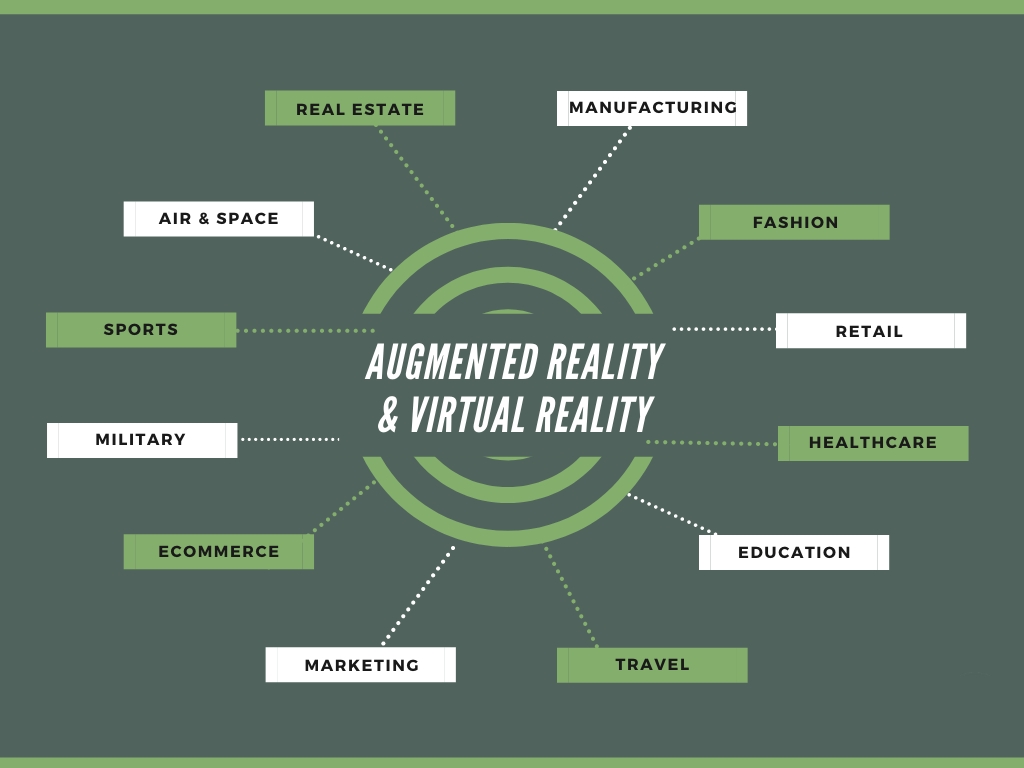
Voice Commerce
Voice commerce, or voice-activated shopping, is becoming more prevalent with smart speakers like Amazon Echo and Google Home. Shoppers can now order products simply by using voice commands, making the process quicker and more convenient.
Blockchain Technology
Blockchain is revolutionizing payment systems by offering secure, transparent, and decentralized transactions. In e-commerce, blockchain ensures the security of customer data and transactions, enhancing trust and mitigating fraud risks.
Innovation Example: IKEA and other retailers have embraced AR to offer a unique shopping experience, while blockchain technologies are making transactions more secure and transparent.
5. Strengthening Customer Retention with Customer-Centric Approaches
Building long-lasting customer relationships is crucial for any business. By adopting a customer-centric approach, businesses can improve satisfaction and ensure repeat purchases.
Personalized Experiences
Personalization is key to making customers feel valued. Using data analytics, businesses can provide tailored product recommendations, personalized offers, and targeted advertisements, which increase the likelihood of repeat purchases.
Fast Shipping and Delivery Options
Shipping speed plays a significant role in customer retention. Services like Amazon Prime, which offer fast, reliable shipping, have set high expectations for delivery. Offering multiple shipping options, including expedited and same-day delivery, can boost customer satisfaction and encourage repeat business.
Easy Returns Policies
A hassle-free return policy builds trust with customers and reduces the perceived risk of making a purchase. Retailers that offer simple returns and exchanges, like Zappos, often see higher conversion rates and greater customer loyalty.
Customer Retention Impact: By focusing on personalized experiences, quick delivery, and easy returns, businesses can build a loyal customer base and boost their long-term profitability.
6. Riding the Wave of Mobile Commerce Trends
Mobile commerce (m-commerce) is on the rise, with consumers increasingly turning to smartphones for their shopping needs. Businesses that fail to optimize for mobile risk missing out on a large market segment.
Mobile-Optimized Websites
A mobile-optimized website is essential for providing a seamless shopping experience. Ensuring that the website loads quickly, is responsive, and easy to navigate on smartphones is critical for reducing bounce rates and improving conversions.
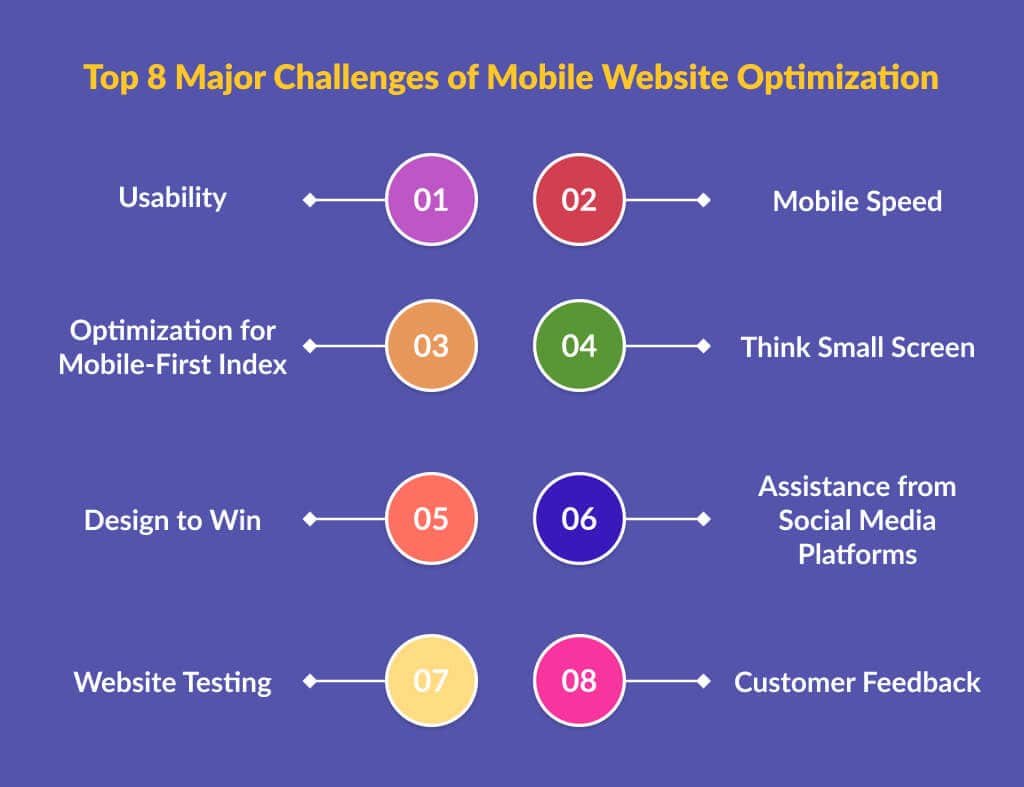
Push Notifications
Push notifications are a great way to keep customers engaged with your brand. Personalized offers, reminders, and discounts sent directly to users’ smartphones encourage repeat visits and increase conversion rates.
Mobile Payment Options
Mobile payment options like Apple Pay, Google Pay, and PayPal offer customers a quick, secure, and convenient checkout process. Integrating mobile payment solutions into your website can reduce friction and increase the chances of customers completing their purchases.
M-Commerce Benefits: With more customers shopping on mobile devices, optimizing for mobile is a must to capture this growing segment and stay competitive in the market.
7. Expanding Horizons with Global Market Access
E-commerce breaks down the traditional boundaries that businesses once faced in reaching international customers. By leveraging online platforms, businesses can easily tap into global markets.
Multilingual Websites
Multilingual websites are crucial for businesses looking to expand globally. By offering content in various languages, businesses can cater to a diverse audience and build stronger relationships with customers in different regions.
Localized Marketing Campaigns
Localization goes beyond translation. It involves adapting marketing strategies to local preferences, holidays, cultural nuances, and consumer behavior. By understanding and respecting local customs, businesses can improve their engagement with international customers.
Efficient Logistics for Global Orders
Efficient logistics play a vital role in international e-commerce. By partnering with global shipping providers like DHL or FedEx, businesses can ensure reliable and timely delivery of products to international customers, building trust and enhancing customer satisfaction.
Global Reach Example: Alibaba’s global platform connects millions of buyers and sellers, showing how e-commerce can create opportunities for businesses to thrive in the global marketplace.
8. Enhancing Sales Through Seamless Shopping Experiences
A seamless shopping experience is essential to converting visitors into customers. The easier it is for customers to navigate your website and make purchases, the more likely they are to complete the transaction.
Guest Checkouts
Forcing customers to create an account can be a barrier to purchasing. Offering guest checkouts allows customers to complete their transactions quickly without unnecessary friction, leading to higher conversion rates.
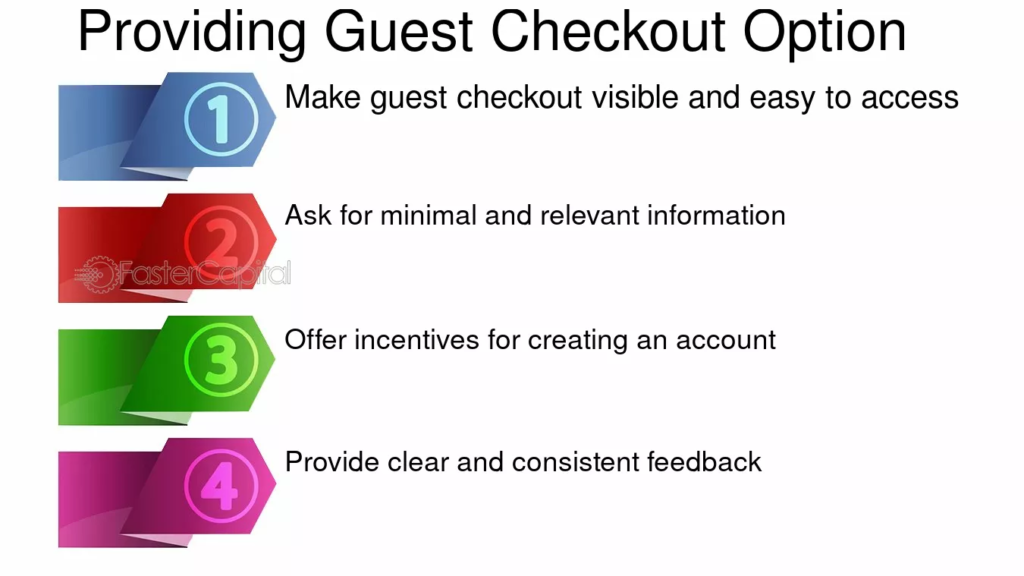
Live Chat Support
Instant support via live chat is essential for resolving customer queries and concerns in real-time. Providing answers to questions about products, shipping, or returns helps reduce hesitation and encourages customers to complete their purchases.
Clear Product Descriptions and Images
Customers want to make informed purchasing decisions. Providing detailed product descriptions, high-quality images, and user reviews can help them feel confident in their choices, reducing the chances of returns.
Improved Conversion Rates: A streamlined checkout process, live chat support, and clear product information can significantly improve the customer journey, boosting conversions and sales.
9. Championing Sustainability in E-Commerce Practices
As consumer interest in sustainability grows, businesses must adopt eco-friendly practices to attract environmentally conscious shoppers.
Reusable Packaging
Using recyclable or reusable packaging materials is one of the easiest ways to reduce waste and minimize your carbon footprint. Many consumers prefer brands that prioritize sustainability in their packaging, as it reflects their values.
Carbon-Neutral Deliveries
By partnering with logistics providers that offset carbon emissions, businesses can make their delivery process more environmentally friendly. Companies like Patagonia are leading the way in implementing carbon-neutral delivery models.
Digital Receipts
Eliminating paper receipts reduces waste and is more convenient for customers. Many e-commerce platforms now offer digital receipts, which can be easily stored and accessed.
Sustainability Impact: Embracing eco-friendly practices not only helps the environment but also attracts sustainability-conscious consumers, building brand loyalty and enhancing your reputation.
10. Increasing Profitability Through Strategic Collaborations
Collaboration is key to expanding business opportunities and enhancing profitability. By partnering with the right organizations, businesses can unlock new growth avenues and improve operational efficiency.
Tech Partnerships
Strategic partnerships with tech companies, such as integrating with payment gateways like PayPal or collaborating with cloud providers, enable businesses to streamline their operations and offer better services to customers.
Influencer Collaborations
Working with influencers allows brands to reach a broader audience. Influencers can introduce products to their followers, driving awareness and sales in a way traditional advertising cannot.
B2B Collaborations
Collaboration between businesses, particularly in the B2B sector, can lead to enhanced product offerings, joint marketing campaigns, and greater distribution networks, boosting profitability for both parties.
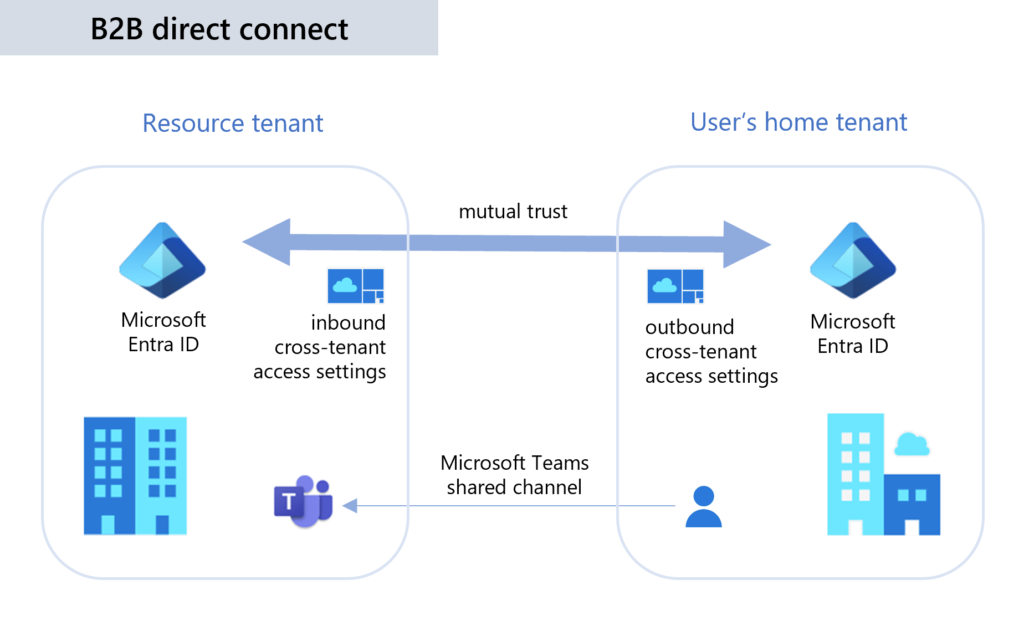
Collaboration Benefits: Strategic partnerships not only help increase brand visibility but also enable businesses to leverage each other’s strengths, leading to more efficient operations and enhanced revenue growth.
FAQs:
1. How does e-commerce transform traditional businesses?
It helps traditional businesses expand their reach, reduce operational costs, and cater to digital-savvy customers by offering online shopping, personalized marketing, and streamlined operations.
2. What are the key components of a successful e-commerce strategy?
A successful strategy includes omnichannel marketing, personalized customer experiences, efficient logistics, competitive pricing, and leveraging technology like AI and analytics to optimize operations and customer engagement.
3. Why is mobile commerce important for e-commerce businesses?
Mobile commerce drives over 50% of online sales, enabling businesses to reach mobile-first customers. Features like mobile payments and responsive design ensure a seamless user experience.
4. How can small businesses compete with larger players in e-commerce?
Small businesses can thrive by focusing on niche markets, providing exceptional customer service, leveraging digital marketing tools, and using affordable platforms like Shopify or WooCommerce.
5. What are some e-commerce trends shaping the future of business?
Key trends include voice shopping, augmented reality, sustainability in packaging and logistics, subscription models, and increased use of AI to personalize the shopping experience.
6. How does e-commerce contribute to global market access?
Its platforms enable businesses to sell products worldwide without physical expansion, supported by multilingual sites, localized marketing, and partnerships with global logistics providers.
7. What challenges do businesses face when adopting e-commerce?
Common challenges include ensuring cybersecurity, managing delivery logistics, handling returns, adapting to technology, and staying competitive in a rapidly evolving digital landscape.
8. Why is sustainability important in e-commerce?
Sustainability attracts eco-conscious consumers, reduces waste, and enhances brand reputation. Practices like eco-friendly packaging, carbon-neutral shipping, and digital receipts benefit businesses and the environment.
9. What role does digital marketing play in its success?
Digital marketing drives traffic to e-commerce websites through SEO, PPC, and social media. It boosts brand visibility, engages customers, and converts visitors into loyal buyers.

10. How can businesses ensure a seamless online shopping experience?
Businesses can optimize the user journey with intuitive navigation, fast loading speeds, multiple payment options, hassle-free returns, and responsive customer support to reduce cart abandonment.
Conclusion:
E-commerce has reshaped the business landscape, providing companies with the opportunity to reach global audiences, streamline operations, and enhance customer experiences. As consumer behavior shifts toward convenience and online shopping, businesses must adapt to stay competitive. Embracing e-commerce strategies is no longer optional—it’s essential for success in the modern marketplace.
The future of business lies in continuous innovation. With advancements in AI, mobile commerce, and personalized experiences, businesses can stay ahead of the curve by integrating these technologies into their strategies. The ability to offer seamless shopping experiences, global access, and faster delivery will be key drivers of success in the coming years.
By focusing on customer-centric approaches, sustainability, and leveraging new digital tools, businesses can build long-term loyalty and sustainable growth. E-commerce offers endless possibilities for businesses to scale and adapt, ensuring they remain relevant and competitive in an increasingly digital world.
For professional guidance in digital marketing and e-commerce strategies, visit Digital Express. Let us help you unlock the full potential of your business in the digital world!


Pingback: Use Powerful Product Videos: Drive 40% More Sales - DigitalErena
Pingback: AI in Healthcare: 10 Ways It's Transforming Patient Care - DigitalErena
Pingback: Unlocking Blockchains: Secure 3x with AI in Digital Age
Pingback: Alibaba vs Amazon: Business Model and Strategy of Profit - DigitalErena
Pingback: 10 Marketingtrucs om E-commerce Verkoop te Verhogen -
Pingback: How Google’s Removal of Analytics Metrics Impacts Your SEO Strategy - DigitalErena
Pingback: Invloeden van de Verwijdering van Analytics metrics door Google op SEO -
Pingback: Robots.txt Beheersen: Tips voor Web Crawlers
Pingback: ChatGPT vs Gemini Welke AI-tool is nummer 1- DigitalErena.nl
Pingback: Digitale Bureaus: 10 Groeistrategieën van Topbedrijven